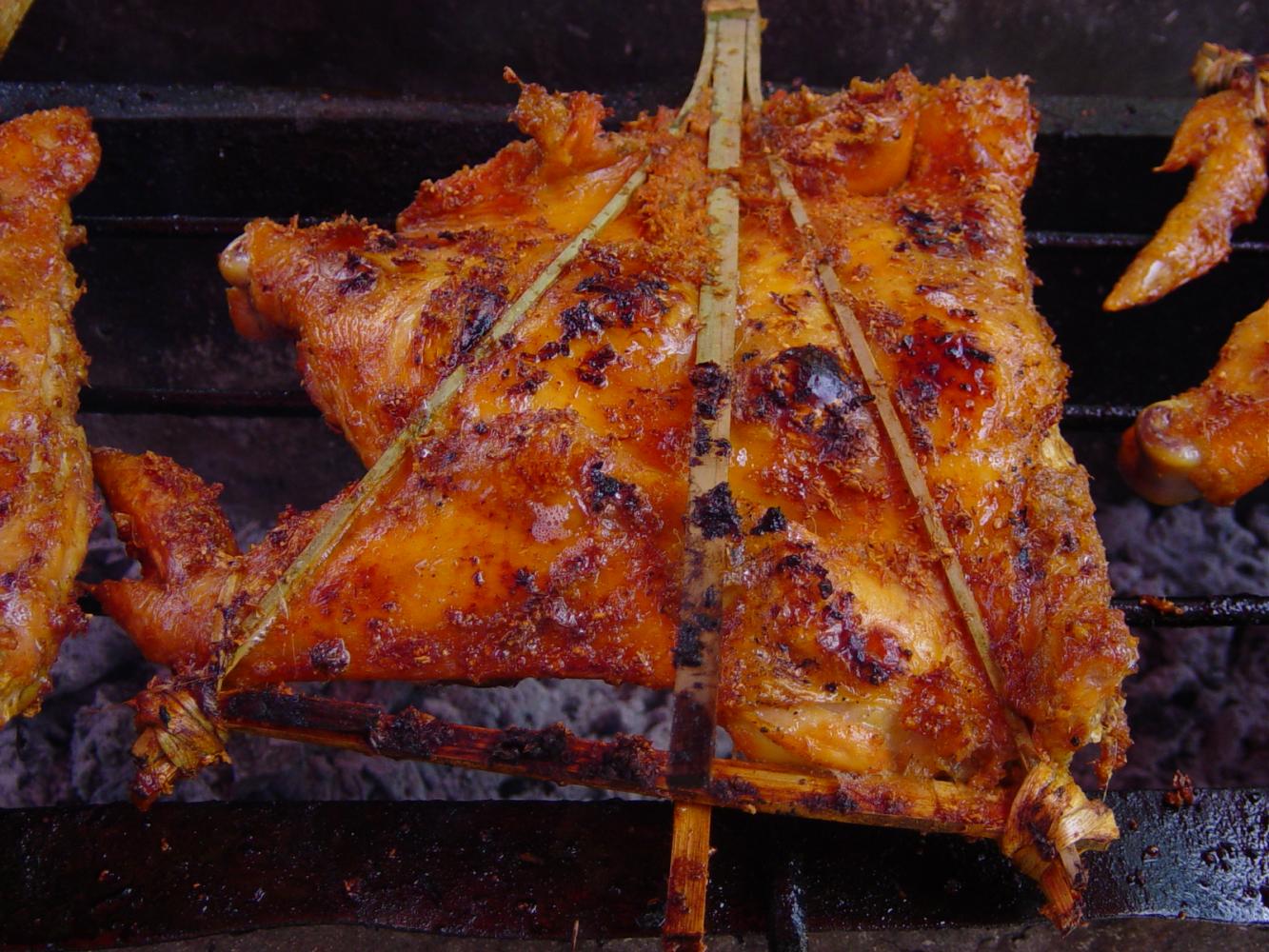Tomorrow's food should be better than today and yesterday.
During the past two months, Bangkok which is inhabited by more than 8.2 million people, was stunned by silence. The city was stranded. Walkways were deserted, streets were nearly empty with very few cars while no out-of-home entertainment or recreational venues were open. Restaurants also shut their doors. Everybody was forced to stay home and cook for themselves with hopes to resume their normal lifestyle soon. However, it is very likely that our way of life will succumb to a "new normal".
The stillness is not new. A similar scene took place some 80 years ago. At that time there were less than 100,000 people living in Bangkok. Trees in the city outnumbered Bangkok residents. The areas of the now Rama III were largely orchards and rice fields. The only means of public transportation was a tram service running with plenty of unoccupied seats.

Horseradish flower for fish steaming.
On Samsen Road beginning from Bang Lamphu to Kiak Kai were residential areas occupied by the elites who served as high-ranking officials. Women were mostly housewives who were occupied with preparing three meals daily and going to market every morning, bringing along their own baskets to store goods. At the market, vendors wrapped items with banana leaves before placing them in paper bags made from old newspapers.

Nian gao presented in dry banana leaf krathong.
Back then there was only one restaurant located in a small shophouse near the Thewes intersection, named Jit Potchana, which was widely recognised for its delicacies. When a family wanted to escape from monotonous home cooking, it visited the place to buy food to bring home. At Si Kak Phraya Si Intersection there were several fine dining places such as Sor Ying Thai, Pochana Prapakarn and Chote Jitr, where senior officials from the Interior Ministry usually dropped by for lunch.
Later on more Thai restaurants popped up and offered dine-in dishes as well as food delivery services. The restaurants made agreements to deliver dishes packed in tiffin containers to their customers on a monthly basis. Unfortunately, dinner delivery became unpopular not long after because of repetitive dishes and boring taste.

Hor mok in fresh banana leaf krathong.
Bangkokians were enthusiastic in discovering new dishes and their new favourites were Chinese dishes. For sure, they visited Chinatown especially Charoen Krung and Yaowarat roads. The most outstanding dishes were red pork (Chinese barbecue pork) next to Nakhon Sanuk Theatre on Charoen Krung Road. Diners went to Werng Nakhon Kasem for beef noodles, Three-way junction Charlermburi Theatre for fried noodles in thick gravy with chicken and Ratchawong Intersection for meatball noodles and hoi tod (crispy fried mussel). At that time, many people preferred take out, with soup dishes placed in small enameled pots while dry food was packed in banana leaves, re-wrapped with newspaper and tied with banana rope.
For takeaway, the food was put in a banana leaf krathong (container) along with aluminium spoon and chopsticks. The packaging emphasised the concept of simplicity and economy.

Forever favourite bang tan chicken.
Today, food services have duplicated the ideas of yesteryear. Many eateries have coped with dwindling customers by offering simple and affordable dishes with delivery service to customers' houses. Some shops offer set menus for families, with dishes delivered in tiffin containers. Some vendors attract customers with creative packaging design using natural and easily biodegradable materials, for example lotus or banana leaves, which makes the food more presentable, space-saving and lighter to carry. Natural materials are environmentally friendly and microwavable. More importantly, the biodegradable materials help reduce plastic and Styrofoam pollution. Notably, such practices should be enticed to continue.

Traditional chilli packaging.
Some natural packaging materials should be revived, for example, krathong made from dry banana leaves for nian gao (Chinese New Year rice cake) or for selling chilli.
Fresh banana krathong have been hyped in Thai restaurants in the United States. A large volume of banana-leaf containers are exported to the US. They are used as containers for hor mok to convey Thainess.

Local vegetables.
Fresh and dry banana leaf krathong are made by farmers in Samut Songkhram in a bid to spend their free time wisely. The more krathong we use the more support we give to farmers. Some may be concerned about the hygiene of the products, worrying that the banana leaves could be dirty. In fact, that is nothing compared to the effect of putting hot food in plastic bags.
In the past, people tended to buy food to bring back home. They chose to buy popular easy-to-cook dishes prepared by skilled chefs at affordable prices, for example grilled chicken, hor mok, steamed pork buns and dim sum, pork leg stew, grilled pork skewer, fried chicken wings, etc. Restaurants should revive this practice.

Simple homemade dish.
The simple, economical home cooking a lot of people have undertaken in the past two months should become the norm. Using cloth bags and banana leaf containers should be further promoted while the ban of using plastic bags should continue.
The new normal is really just a return to the old ways. We can adopt and adapt the past to suit current circumstances the best.

